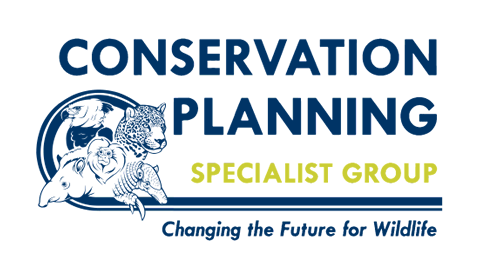Menu
Menu
Menu
Menu
Menu
PT EN

As a CPSG Regional Resource Center, we want every Brazilian species that needs a plan to be supported by an effective, implemented plan
PLAN
By integrating conservation planning into the regional resource center as well as Red Listing, it is possible to identify which species most need help, and then convene facilitated, multi-stakeholder workshops within Brazil to make a strategic plan to save the species. CPSG provides training in key skill sets, analysis workshops, and, over the last years, has provided facilitators to mediate the creation of plans to save many dozens of species. The new assess-to-plan (A2P) framework designed by CPSG incorporates the identification of the most efficient groupings of species according to their needs, together with the most urgent demands. It’s one thing to think about these things in theory and in the abstract, but the whole assess, plan, and act scenario needs to function in a fluid and practical way.

THE CPSG ONE PLAN APPROACH

The One Plan approach to species conservation is the development of management strategies and conservation actions by all responsible parties for all populations of a species, whether inside or outside their natural range.
Traditionally, species conservation planning has followed two parallel but separate tracks. Field biologists, wildlife managers, and conservationists monitor wild populations and develop conservation strategies and actions to conserve threatened species. Meanwhile, the zoo and aquarium community develop long-term goals for sustaining ex situ populations.
CPSG supports an integrated approach to species conservation planning through the joint development of management strategies and conservation actions by all responsible parties. We strive to ensure that a broad range of stakeholders is represented at each workshop. As a result, one comprehensive conservation plan for the species helps bridge the gap between wild and captive population management.
ASSESS TO PLAN (A2P)
Planning the recovery and conservation of individual species plays an important role in this, especially where those species can operate as “umbrellas” for other taxa. However, resources are scarce and the number of species requiring action is large. Therefore, planning approaches are also needed that simultaneously address the conservation needs of multiple species, by targeting, for example, species that inhabit the same areas, and/or rely on the same, specific habitats and/or are impacted by common threats.
The Assess to Plan (A2P) process is designed to move multiple species rapidly to effective action, by identifying groups of species with characteristics that have overlapping conservation needs that can be planned for and acted on together.







